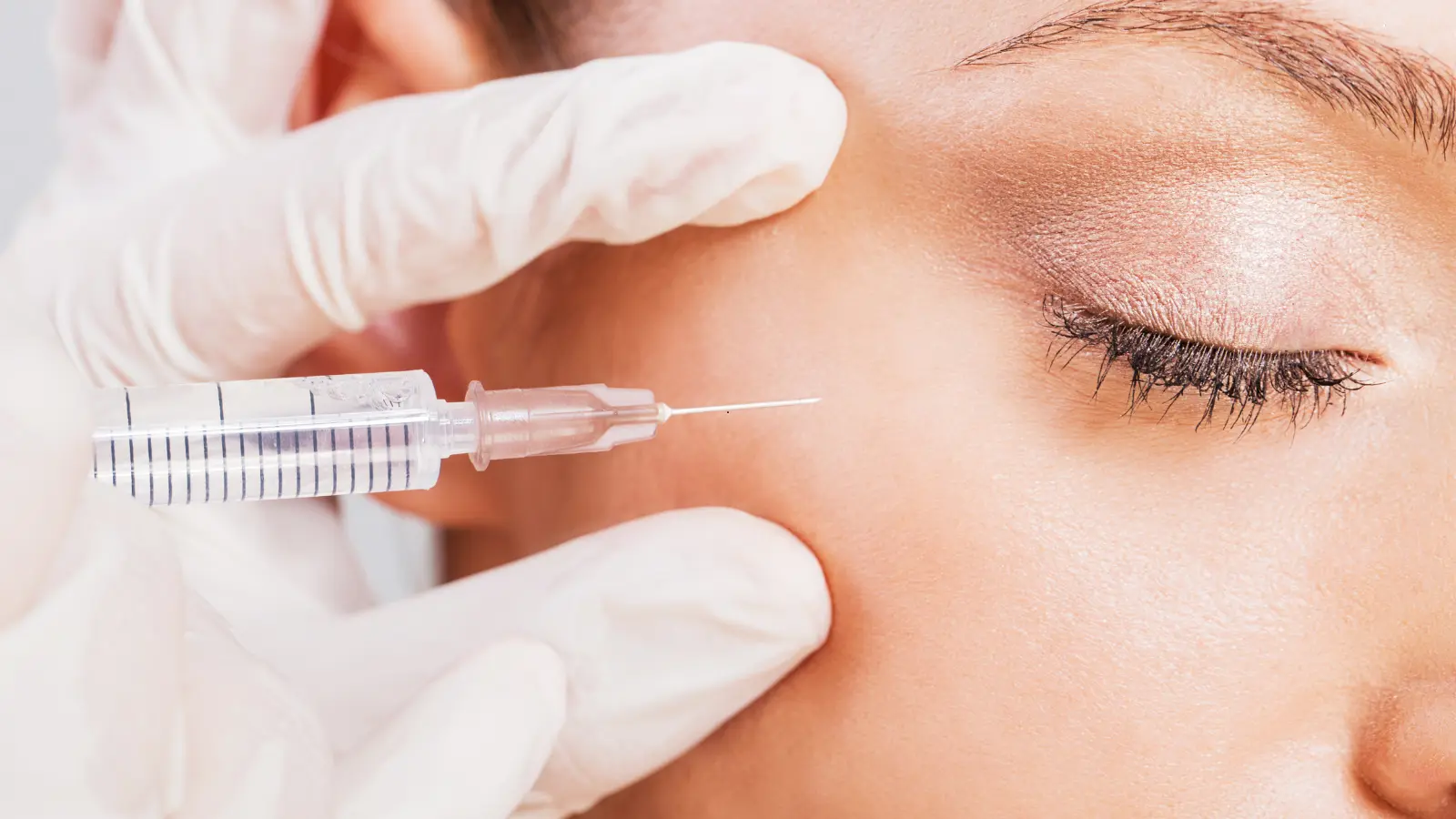4765 Carmel Mountain Rd., Suite 203, San Diego, CA 92130
Possible Side Effects Of Botox For Eye Twitching

Possible Side Effects Of Botox For Eye Twitching
Botox, short for botulinum toxin, is a well-known treatment for various medical and cosmetic issues, including chronic eye twitching, medically referred to as blepharospasm. This condition, characterized by involuntary and repetitive contractions of the eyelid muscles, can be not only annoying but also disruptive to daily life.
Botox for eye twitching is an effective solution for many, but like any medical treatment, it comes with potential side effects. Being aware of the possible dangers will allow you to weigh the benefits better and make the best choice for your health and well-being.
This blog is dedicated to exploring the possible side effects of Botox for eye twitching, offering a comprehensive guide to what you might expect during and after treatment.
How Does Botox Work for Eye Twitching?
Before diving into the possible side effects, it’s essential to understand how Botox works for eye twitching. Botox is a neurotoxin that temporarily paralyzes muscles by blocking the release of acetylcholine, a neurotransmitter responsible for muscle contractions.
When injected into the muscles around the eye, Botox can significantly reduce or even eliminate twitching by relaxing the affected muscles. The effects of Botox typically last for about three to six months, after which the treatment needs to be repeated.
Common Side Effects of Botox for Eye Twitching
While Botox is generally safe and well-tolerated, some patients may experience side effects. These side effects might differ in length and intensity based on the person and the particular area treated.
1. Bruising and Swelling
One of the most common side effects following the injection site after Botox injections swells and bruises. This is usually mild and temporary, lasting only a few days. The skin around the eyes is particularly delicate, making it more susceptible to bruising. Applying a cold compress immediately after the procedure can help minimize these effects.
2. Dry Eyes or Excessive Tearing
Botox can sometimes affect the muscles responsible for tear production, leading to either dry eyes or excessive tearing. Dry eyes can cause discomfort, redness, and a gritty sensation, while excessive tearing may lead to blurred vision. Over-the-counter eye drops can alleviate dry eyes, but if this side effect persists, it’s important to consult with your doctor.
3. Drooping Eyelid (Ptosis)
A drooping eyelid, known as ptosis, is a more concerning side effect of Botox for eye twitching. This occurs when the Botox spreads to the muscles controlling the eyelid, causing it to droop. Ptosis can impair vision and may last for several weeks until the effects of Botox wear off. To reduce the risk of this side effect, it’s crucial to have the injections administered by a knowledgeable and proficient professional who is aware of the anatomy of the eye muscles.
4. Double Vision (Diplopia)
Double vision, or diplopia, is another possible side effect of Botox for eye twitching. This occurs when Botox affects the muscles that control eye movement, causing misalignment of the eyes. Double vision can be disorienting and may last as long as the Botox remains active, typically a few months. If you experience this side effect, it’s essential to report it to your doctor immediately.
5. Headache
Some patients report headaches after receiving Botox injections for eye twitching. Usually, these headaches are not very severe and pass quickly within a few days. However, if you experience severe or persistent headaches, you should contact your healthcare provider.
6. Eye Irritation
Botox injections near the eyes can sometimes cause irritation, leading to redness, itching, or a burning sensation. This irritation is typically mild and resolves on its own within a few days. Avoid rubbing or touching your eyes after the injections to minimize irritation.
7. Muscle Weakness
Since Botox works by temporarily paralyzing muscles, it can sometimes cause unintended muscle weakness in the areas surrounding the injection site. This may result in difficulty closing the eyes fully or weakness in the facial muscles. Muscle weakness is generally temporary, but it can be bothersome while it lasts.
Rare but Serious Side Effects
In rare cases, Botox can cause more serious side effects that require immediate medical attention. Although these side effects are uncommon, it’s important to be aware of them.
1. Allergic Reactions
Some individuals may have an allergic reaction to Botox, although this is extremely rare. An allergic response can include hives, trouble breathing, swelling in the face or neck, and rash. If you experience any of these symptoms after receiving Botox, seek emergency medical attention immediately.
2. Infection at the Injection Site
While rare, there is a risk of infection at the injection site. An infection manifests as fever, redness, swelling, warmth, and discomfort at the injection site. Make quick contact with your healthcare practitioner if you think you may have an infection.
3. Spreading of Toxin Effects
In very rare cases, the effects of Botox can spread to other parts of the body, resulting in symptoms including weakened muscles, trouble swallowing, or breathing problems. This can be a life-threatening condition, and you should seek immediate medical attention if you experience any of these symptoms.
How To Reduce The Risk of These Side Effects?
While it’s impossible to eliminate the risk of side effects entirely, there are steps you may take to reduce the possibility of encountering them.
- Choose a Qualified Practitioner: Ensure that the Botox injections are administered by a board-certified doctor with experience in treating eye twitching. A reliable practitioner will have a thorough understanding of the eye muscles and can inject Botox precisely, reducing the risk of complications.
- Follow Pre-Treatment Instructions: Your doctor may provide specific instructions to follow before the Botox injections, such as avoiding blood-thinning medications or supplements that can increase the risk of bruising. Adhering to these instructions can help prevent common side effects.
- Report Any Side Effects Immediately: If you experience any side effects, especially those that are severe or persistent, contact your doctor right away. Early intervention can prevent complications and ensure that you receive appropriate care.
Botox for eye twitching is an effective treatment that can provide significant relief from the discomfort and disruption caused by chronic eye twitching. However, like any medical procedure, it’s important to be aware of the potential side effects. While most side effects are mild and temporary, some can be more serious and require medical attention.
By choosing a qualified practitioner, following pre-treatment instructions, and monitoring your condition after the procedure, you can minimize the risks and enjoy the benefits of Botox for eye twitching. If you’re considering Botox for eye twitching, discuss the potential side effects with your doctor to ensure that you’re fully informed and prepared for your treatment.

